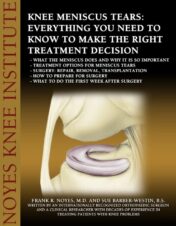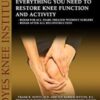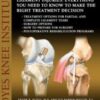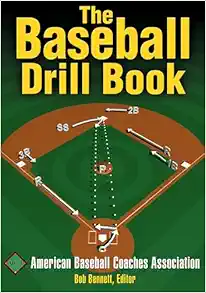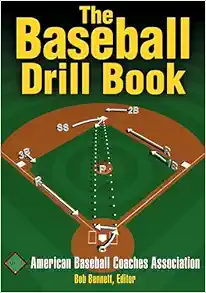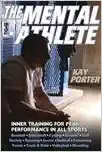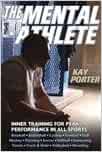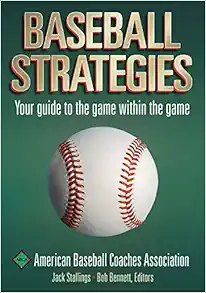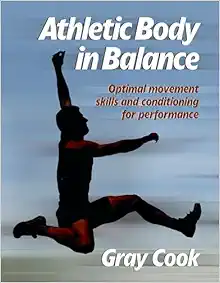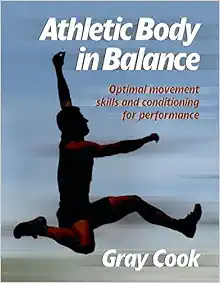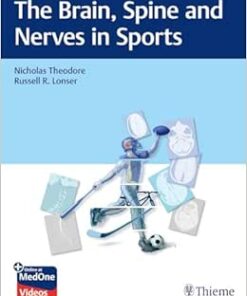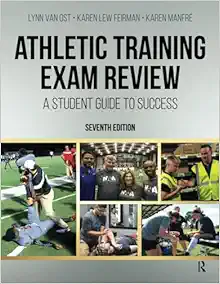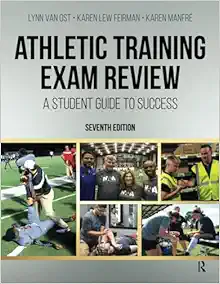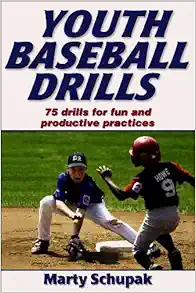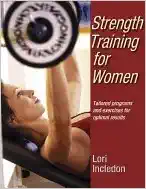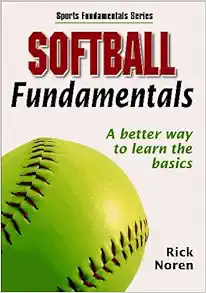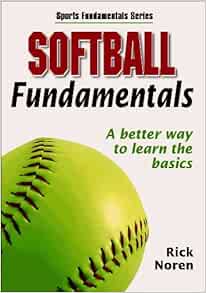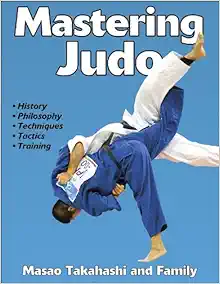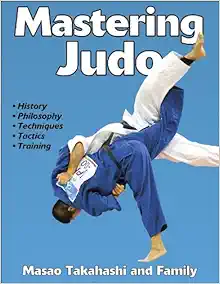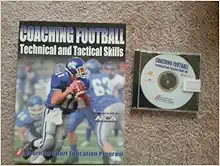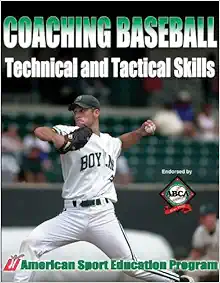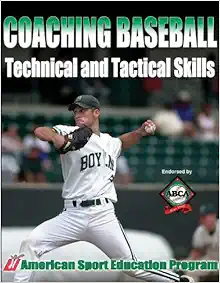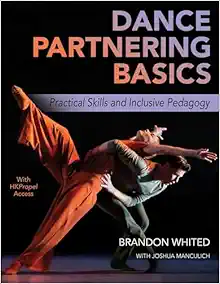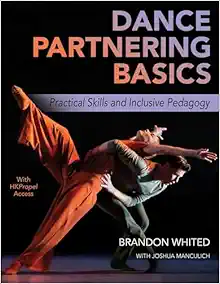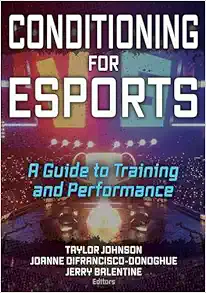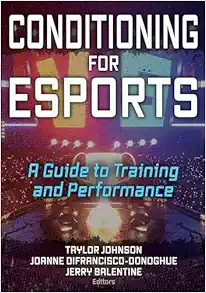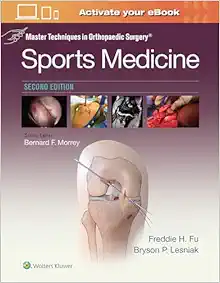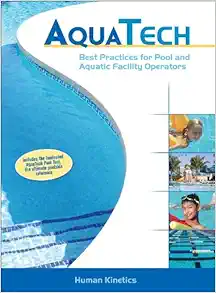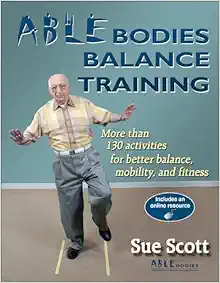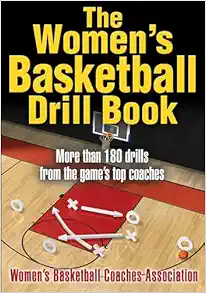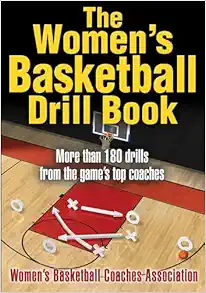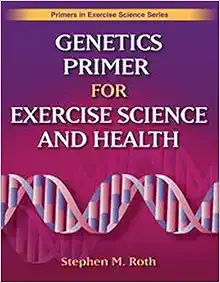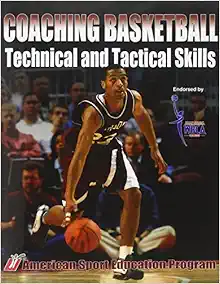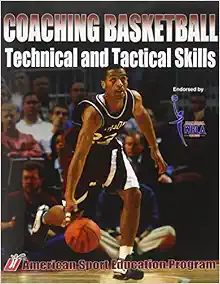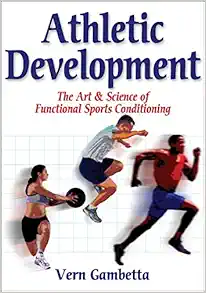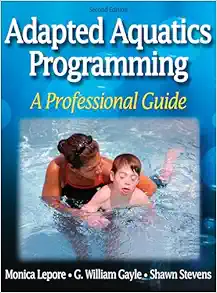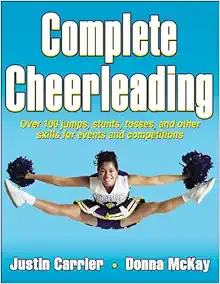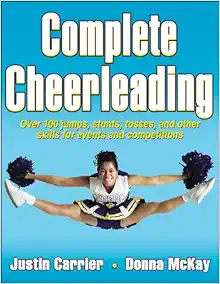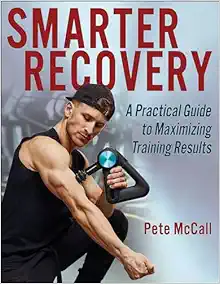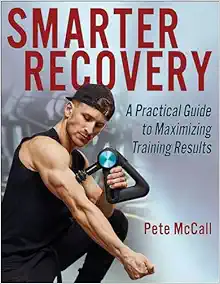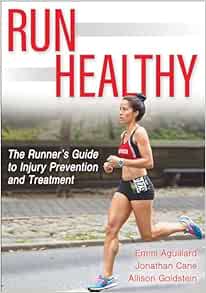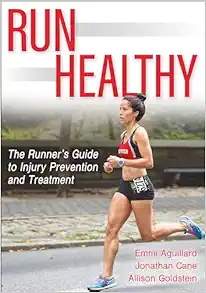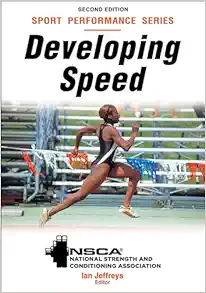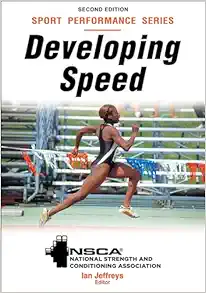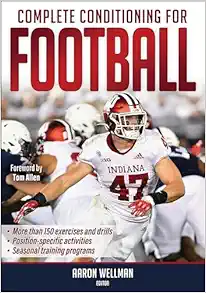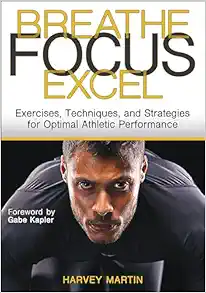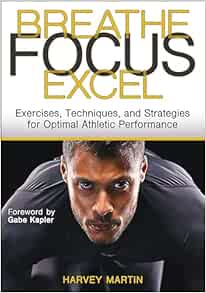Knee Meniscus (Cartilage) Tears: Everything You Need to Know to Make the Right Treatment Decision pdf 2012
$15
Knee Meniscus (Cartilage) Tears: Everything You Need to Know to Make the Right Treatment Decision pdf 2012
A tear to the meniscus (also known as a cartilage tear) is a common injury that can cause pain and problems with sports and daily activities. The meniscus is a vital component of the knee that acts like a cushion between the femur (thigh) and tibia (shin) bones, providing shock absorption and stability. Meniscus tears occur most frequently in individuals between 15 and 30 years of age from sports injuries, but also happen in older adults from degeneration of the meniscus tissue. Meniscus tears frequently happen along with other injuries in the knee, such as anterior cruciate ligament (ACL) tears. Some meniscus tears heal on their own, but others require arthroscopic surgery. Unfortunately, many meniscus tears are removed in young patients who then develop arthritis. It is better to save meniscus tissue and function by repairing (sewing together) tears whenever possible. In young patients who have the meniscus removed and develop pain, a meniscus transplant may be considered a valid treatment option.
Although there is a considerable amount of information available on the Internet about meniscus injuries, not all comes from medical professionals with the clinical and research knowledge that “knee specialists” have. After treating patients for nearly 4 decades with knee problems, two medical professionals – Dr. Frank Noyes and Sue Barber-Westin – decided to write this eBook to try to help individuals understand this injury, the treatment options currently available, and what to expect as a result of these options. Noyes, an internationally renowned orthopaedic surgeon and researcher, and Barber-Westin, Director of Clinical and Applied Research at the Cincinnati SportsMedicine Research and Education Foundation, team up to provide information that is easy to read and understand regarding meniscus injuries. Together, Noyes and Barber-Westin have conducted more than 60 clinical research projects and published 140 articles in the medical literature. They have edited two orthopaedic textbooks, which have been purchased by thousands of medical professionals involved with caring for patients with knee problems.
This eBook provides information on basic knee anatomy, what the meniscus does and why it is so important, how a meniscus tear is diagnosed, treatment options, and advice on what to do if damage has occurred to other parts of the knee. If you need surgery, information is given on the types of meniscus tears that may be found, which tears can be repaired and which tears must be removed, what to expect from the operation, how to prepare for the operation, how the operation is performed, and details regarding what to expect and do the first week after surgery. The authors’ landmark clinical research studies, which tracked the results of meniscus repair operations in hundreds of patients, are summarized. Information is provided on meniscus transplantation, including the requirements of patients who are considered candidates for the procedure and what to expect from this operation.
Related Products
Sports Medicine Books
Sports Medicine Books
Sports Medicine Books
Sports Medicine Books
Sports Medicine Books
Sports Medicine Books
Mastering Jujitsu (Mastering Martial Arts) (Original PDF from Publisher)
Sports Medicine Books
Sports Medicine Books
Sports Medicine Books
Sports Medicine Books
Sports Medicine Books
Sports Medicine Books
The Softball Coaching Bible, Volume I (The Coaching Bible) (Original PDF from Publisher)
Sports Medicine Books
The Softball Coaching Bible, Volume I (The Coaching Bible) (EPUB)
Sports Medicine Books
Sports Medicine Books
Sports Medicine Books
Sports Medicine Books
Sports Medicine Books
Breakthrough Swimming by Colwin, Cecil published by Human Kinetics (2002) (EPUB)
Sports Medicine Books
Sports Medicine Books
The Brain, Spine and Nerves in Sports (Original PDF from Publisher)
Sports Medicine Books
Sports Medicine Books
Athletic Training Exam Review, 7th Edition (Original PDF from Publisher)
Sports Medicine Books
Sports Medicine Books
Sports Medicine Books
Sports Medicine Books
Sports Medicine Books
Softball Fundamentals (Sports Fundamentals Series) (Original PDF from Publisher)
Sports Medicine Books
Sports Medicine Books
Sports Medicine Books
Sports Medicine Books
Sports Medicine Books
Mastering Judo (Mastering Martial Arts Series) (Original PDF from Publisher)
Sports Medicine Books
Fitness Walking, 2nd Edition (Fitness Spectrum Series) (Original PDF from Publisher)
Sports Medicine Books
Sports Medicine Books
Sports Medicine Books
Coaching Fastpitch Softball Successfully (Coaching Successfully), 2nd Edition (EPUB)
Sports Medicine Books
Sports Medicine Books
The Soccer Coaching Bible (The Coaching Bible) (Original PDF from Publisher)
Sports Medicine Books
Sports Medicine Books
Coaching Football Technical and Tactical Skills (Technical and Tactical Skills Series) (EPUB)
Sports Medicine Books
Coaching Baseball Technical and Tactical Skills (Technical and Tactical Skills Series) (EPUB)
Sports Medicine Books
Sports Medicine Books
Gifted: 8 Steps to Succeeding in Sport, Work, and Life (Original PDF from Publisher)
Sports Medicine Books
Gifted: 8 Steps to Succeeding in Sport, Work, and Life (EPUB)
Sports Medicine Books
Functional Strength Training for Physical Education (Original PDF from Publisher)
Sports Medicine Books
Sports Medicine Books
Developing Endurance, NSCA – National Strength & Conditioning Association (EPUB)
Sports Medicine Books
Dance Partnering Basics: Practical Skills and Inclusive Pedagogy (Original PDF from Publisher)
Sports Medicine Books
Dance Partnering Basics: Practical Skills and Inclusive Pedagogy (EPUB)
Sports Medicine Books
Conditioning for Esports: A Guide to Training and Performance (Original PDF from Publisher)
Sports Medicine Books
Conditioning for Esports: A Guide to Training and Performance (EPUB)
Sports Medicine Books
Age Strong: A Woman’s Guide to Feeling Athletic and Fit After 40 (Original PDF from Publisher)
Sports Medicine Books
Age Strong: A Woman’s Guide to Feeling Athletic and Fit After 40 (EPUB)
Sports Medicine Books
Biochemistry for Sport and Exercise Metabolism, 2nd edition (Original PDF from Publisher)
Sports Medicine Books
Becoming a Sustainable Runner: A Guide to Running for Life, Community, and Planet (EPUB)
Sports Medicine Books
Archery: Steps to Success, 5th Edition (Original PDF from Publisher)
Sports Medicine Books
Sports Medicine Books
Badminton: Steps to Success, 2nd Edition (Original PDF from Publisher)
Sports Medicine Books
Aquatech: Best Practices for Pool and Aquatic Facility Operators (Original PDF from Publisher)
Sports Medicine Books
Sports Medicine Books
Sports Medicine Books
The Women’s Basketball Drill Book (Original PDF from Publisher)
Sports Medicine Books
Sports Medicine Books
Sports Medicine Books
Genetics Primer for Exercise Science and Health (Primers in Exercise Science) (EPUB)
Sports Medicine Books
Coaching Basketball Technical and Tactical Skills (Original PDF from Publisher)
Sports Medicine Books
Sports Medicine Books
Adapted Aquatics Programming: A Professional Guide, 2nd Edition (Original PDF from Publisher)
Sports Medicine Books
Sports Medicine Books
Sports Medicine Books
Sports Medicine Books
Sports Medicine Books
Sports Medicine Books
Promoting Elementary School Physical Activity: Ideas for Enjoyable Active Learning (EPUB)
Sports Medicine Books
Smarter Recovery: A Practical Guide to Maximizing Training Results (EPUB)
Sports Medicine Books
Run Healthy: The Runner’s Guide to Injury Prevention and Treatment (EPUB)
Sports Medicine Books
Sports Medicine Books
Sports Medicine Books
Pickleball Fundamentals, 2nd Edition (Original PDF from Publisher)
Sports Medicine Books
Sports Medicine Books
Personal Best Running: Coach Coogan’s Strategies for the Mile to the Marathon (EPUB)
Sports Medicine Books
Developing Speed (EPUB)- NSCA – National Strength & Conditioning Association, 2nd Edition
Sports Medicine Books
Complete Conditioning for Football (Original PDF from Publisher)
Sports Medicine Books

